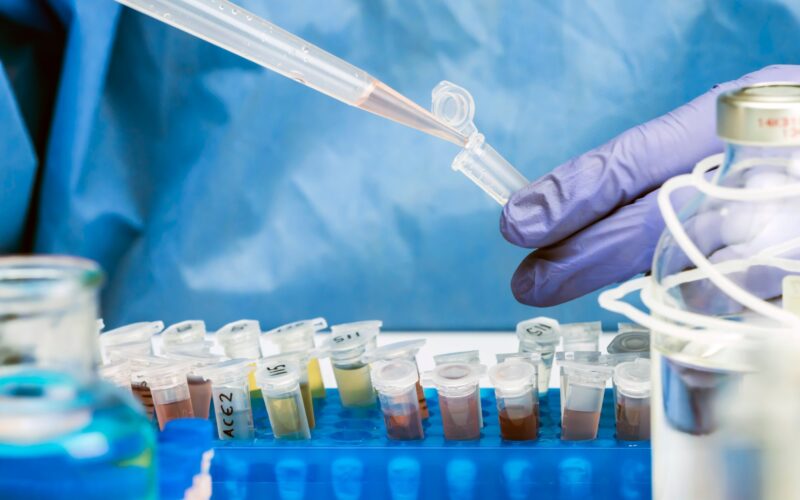How to remove Phosphorus from wastewater ?
Phosphorus is an essential nutrient for plant growth. However, excessive phosphorus in water bodies can lead to eutrophication, similar to the effects of ammonia. Common sources of phosphorus pollution include agricultural runoff, industrial discharges, and untreated sewage. The presence of excess phosphorus in water bodies triggers excessive algal blooms, depleting oxygen levels and harming aquatic life.
Probiosphere addresses phosphorus pollution through innovative treatment approaches. By harnessing the capabilities of bacteria and enzymes, we facilitate the removal of phosphorus from wastewater, preventing eutrophication and restoring the ecological balance. Our tailored solutions ensure efficient nutrient removal, supporting the health and sustainability of aquatic ecosystems.
Phosphorus: Curbing Nutrient Pollution
Reducing phosphorus in wastewater is crucial to mitigate the negative impacts of eutrophication and protect water quality. There are several effective methods to achieve this. Firstly, implementing advanced wastewater treatment technologies, such as biological phosphorus removal processes, can significantly reduce phosphorus levels. These processes harness the power of specialized bacteria and enzymes to remove phosphorus through biological assimilation.
Additionally, implementing best management practices in agricultural and industrial sectors, such as proper nutrient management and minimizing phosphorus-based fertilizer use, can prevent phosphorus runoff into water bodies. Furthermore, upgrading and maintaining wastewater treatment infrastructure to ensure efficient phosphorus removal is essential. By combining these strategies, we can effectively reduce phosphorus levels in wastewater and safeguard the health of aquatic ecosystems.

Probiosphere employs innovative treatment approaches to address phosphorus pollution. Through the use of bacteria and enzymes, we effectively remove phosphorus from bigger wastewater treatment plants with sludge management features, preventing eutrophication and restoring the ecological balance. Our tailored electrotechnology solutions ensure efficient nutrient removal, supporting the health and sustainability of aquatic ecosystems.

Activities Responsible for Phosphorus
Phosphorus pollution can arise from various sources and activities, contributing to the degradation of water bodies. Agricultural runoff is a significant contributor, with excessive use of phosphorus-based fertilizers and animal manure being common sources. When rainwater washes over agricultural fields, it carries phosphorus-rich sediments and nutrients into nearby water bodies, leading to eutrophication. Industrial discharges also play a role, as certain industries produce wastewater containing phosphorus compounds.
Furthermore, untreated sewage can be a significant source of phosphorus pollution, especially in areas without proper wastewater treatment infrastructure. The discharge of untreated or poorly treated sewage releases phosphorus into rivers, lakes, and other water bodies, further exacerbating the problem. Understanding the sources of phosphorus pollution is crucial for implementing effective mitigation strategies and promoting sustainable phosphorus management practices.